Perhaps it was just an amusing riddle devised by a Roman for fun, who never imagined that two millennia later it would still be a puzzle for scholars.
After all, “the composition of palindromes was a hobby of the Roman nobility,” says Duncan Fishwick, a world authority on Roman history.
They were often engraved on the walls; one of the oldest known examples was found in Pompeii, amid more than 70 pieces of graffiti.
But that’s just one of many theories about Sator’s captivating square.
And it is not surprising that there are so many, if one takes into account that it was replicated for 19 centuries in papyri, clay tablets and books, turned into an amulet and prescribed as a medicine; embodied in bones, wood, bread and tiles, doors and walls of monuments of different styles and purposes, both in Europe and in Asia, Africa and America.
Something made it special but its original meaning was lost and scholars have been trying to find it for 150 yearswithout reaching a universally accepted conclusion.
That doesn’t make him less attractive, so let’s start by marveling at his ingenuity.
25 in 5×5
With its 25 letters arranged in a 5×5 grid, Sator’s square is no ordinary palindrome.
Palindromes are words or phrases that can be read the same in any direction, but this is much more sophisticated than the classic “Give the abbot rice to the fox.”
It is made up of five Latin words that interact with each other –SATOR, AREPO, TENET, OPERA and ROTAS– arranged like this:
notice that you can read the words in four directions:
That is called a quadruple palindrome.
Also, the words in the 1st and 5th lines they are the sameas well as those of the 2nd and 4th, simply inverted.
As if that were not enough, the word in the third and central line -TENET- is itself a palindrome.
Too is a multiple acrostic for any letter of a word in the outer square is the first letter of another word lying at right angles to it.
And if you draw a line from the top left S to the bottom right S, all the letters on either side of the line mirror each other in perfect symmetry. The same happens with a line drawn between the R’s from top right to bottom left.
Brilliant but do they say anything?
This is where the trouble starts.
Let’s break down the individual words:
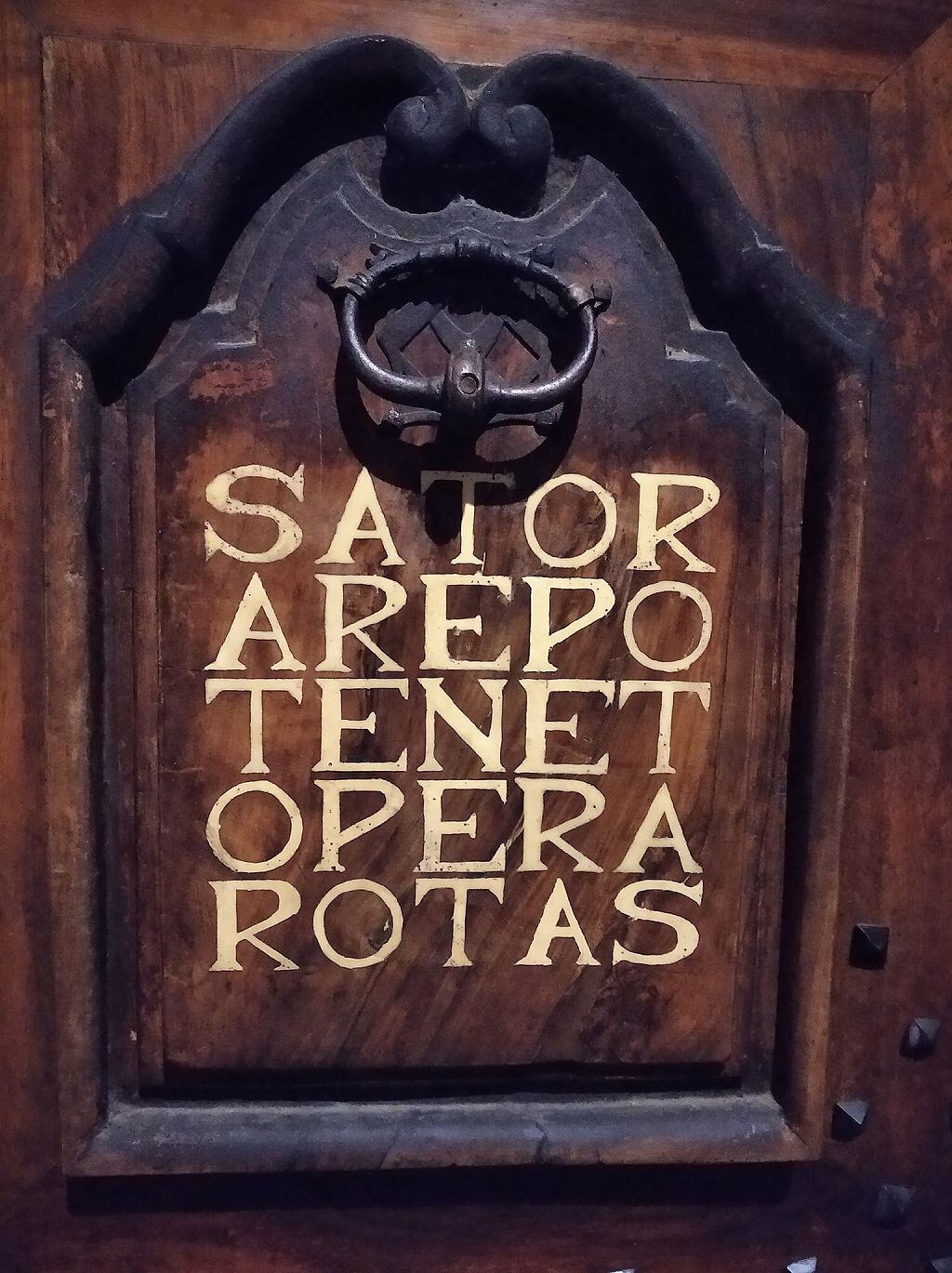
In latin, ‘sator‘ means sower, farmer, founder, author, progenitor (usually divine).
‘Tenet‘ means to maintain, sustain, preserve, comprehend, possess, dominate.
‘Opera‘ can be ‘carefully’ or ‘work’; but also help, service, effort / problem or works and deeds.
While it is believed that ‘broken‘ refers to ‘wheels’ or, as a verb, to turn.
Yes, we missed one: Arepo.
It is the most elusive.
It does not appear anywhere in the Latin world, so most experts agree that it is a proper name, even though it does not even appear anywhere else as a name.
Then?
Well, let’s see: if we read it from top to bottom starting with ‘Sator’, we can build a sentence that tells us that “the farmer Arepo controls his wheels with difficulty“.
Or, with a different emphasis on the words, “The Arepo sower skilfully guides the wheels“.
Of course it’s not the same, but in any case, is it possible that Sator Square has survived so long, across geographical and cultural borders, just to tell such a short story about a farmer?
Perhaps, but studies and debates continue to offer alternative hypotheses and interpretations.
Those simple translations, for example, have been reformulated resulting in the more metaphorical “The Creator of the earths dominates the heavenly wheels“.
Too much poetic license?
You can justify it if you take into account that the image of an all-powerful farmer was present in the work of Latin writers, and that Sator, with the image of ‘father’ in the sense of ‘creator’, was used at the end of the first century. to refer to both the Roman god of agriculture Saturn and Jupiter, father of all gods and humans.
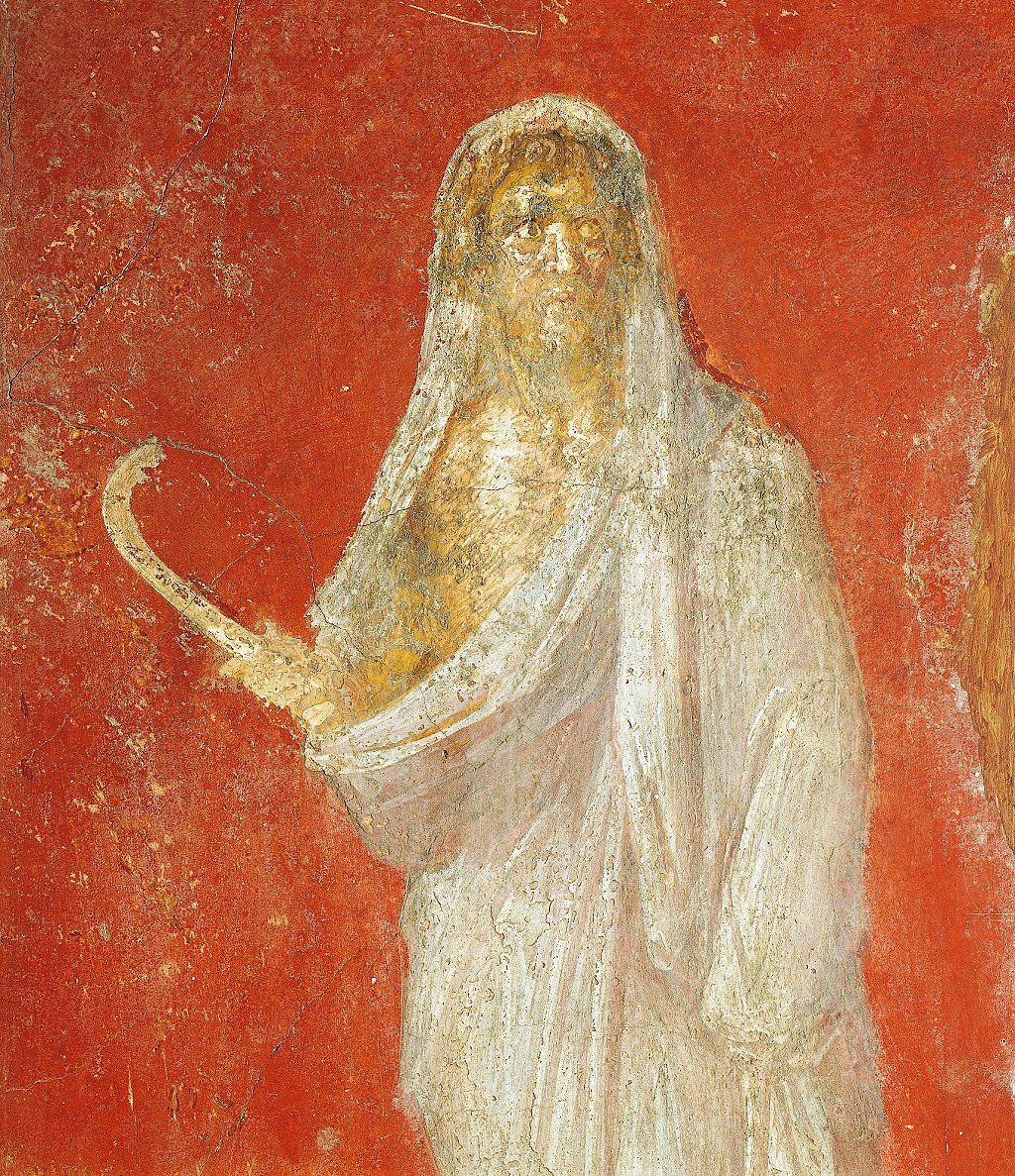
Other scholars believe the square should be read in the bustrofedon style, a script used in Ancient Greece that reads in alternate directions.
Such a reading, which could indicate Greco-Roman and/or Pythagorean Stoic origins, gives phrases like SATOR OPERA TENET – TENET OPERA SATOR, which loosely means: “what you sow, you will reap“.
However, the annoying question of the unknown word ‘arepo’ persists, and therefore the attempts to decode it.
One of them supposes that it is a contraction of Areopagus (Supreme Court), so that SATOR OPERA TENET AREPO ROTAS, could be translated as:
“The sower decides his daily tasks, but only the Supreme Court decides on his destinyIn other words, mortals choose their paths but gods their destinies.
And while some continued to concentrate on the words, others broke the limits of the square and began to play with the letters.
god and devil
One of the forms it took was SAT ORARE POTEN ET OPERA ROTAS, whose most commonly adopted meaning is “Enough power to pray and work daily” or, for short, the motto Ora et labora (pray and work).
Others found links to the devil.
In 1883, the German historian Gustav Fritsch reformulated the letters to discover an invocation to Satan, while the French historian Guillaume de Jerphanion (1877-1948) found with those same letters examples of known formulas for exorcisms, such as:
RETRO SATANA, TOTO OPERE ASPER (Get away from Satan, cruel in all your works).
But maybe the most impressive rearrangement of letters was the one that formed the word “PATERNOSTER” (“Our Father”), twice, intersecting at the N to form a cross.
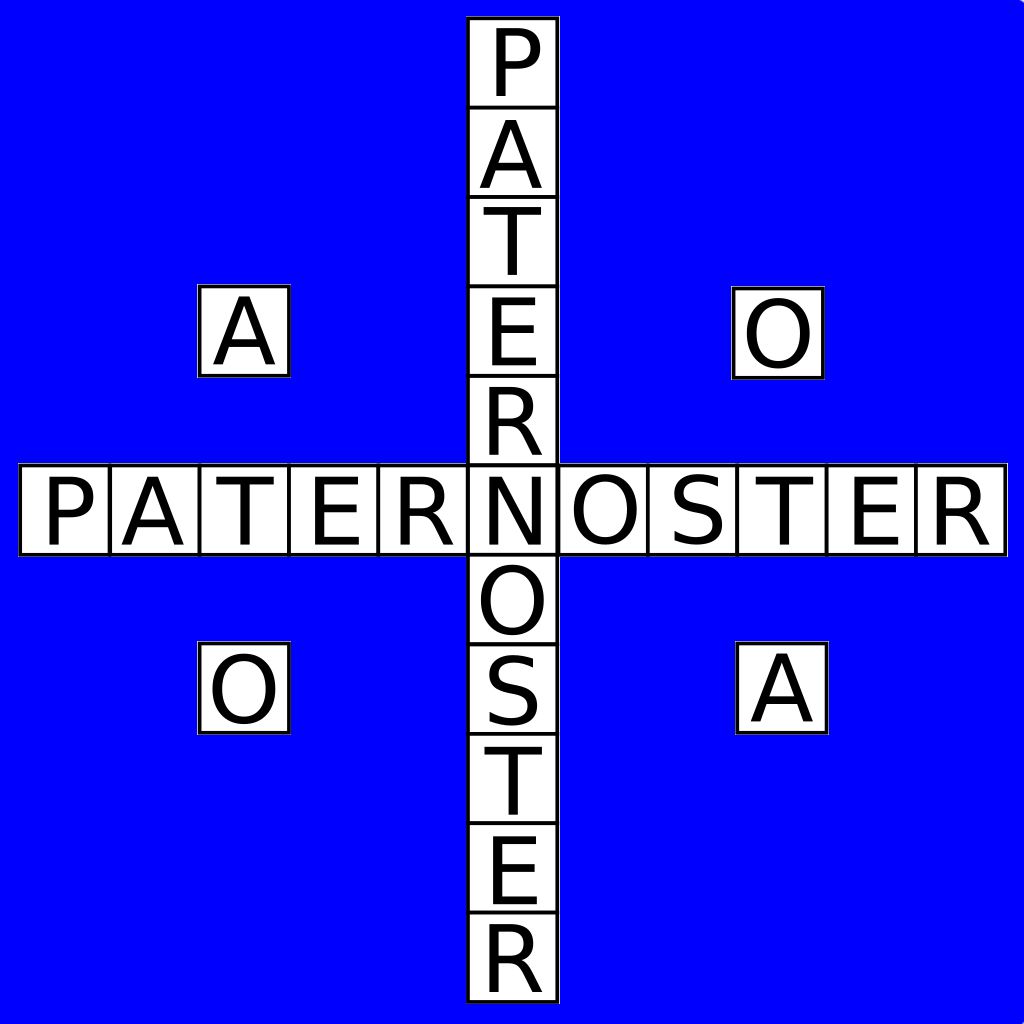
That is one of the reasons that have convinced many of those who have tried to unveil the mystery.that Sator Square was originally a Christian symbol.
It is even often said that the two leftover aes and two oes represent Alpha and Omega, the first and last letters of the Greek alphabet that the Christian apostle John attributed to Jesus when he wrote the book of Revelation:
“I am the Alpha and the Omega, the beginning and the end, the first and the last” (22:13).
In addition, the fact that the word TENET forms a cross in the square is highlighted.
And there is no doubt that the square of Sator was significant in Christianity, as attested by its presence in churches and in contexts and contents that include pages of the Bible.
In different times and places, it has been linked to that tradition in the most varied ways: a Byzantine text claimed that it contained the baptismal names of Three Wise Men, which do not appear in the Bible (Ator, Sator and Peratoras), while the “Ethiopian Book of the Dead” gives names similar to the square words to the nails of Christ’s cross (Sador, Alador, Danet, Adera, Rhodes).
One hypothesis is that it was designed to help the faithful in contemplationproviding a reminder of God’s presence.
Another very popular one is that early christians they used it to communicate secretly when persecuted by the authorities of the Roman Empire, as they did with the symbol of the fish, the Ichthus.
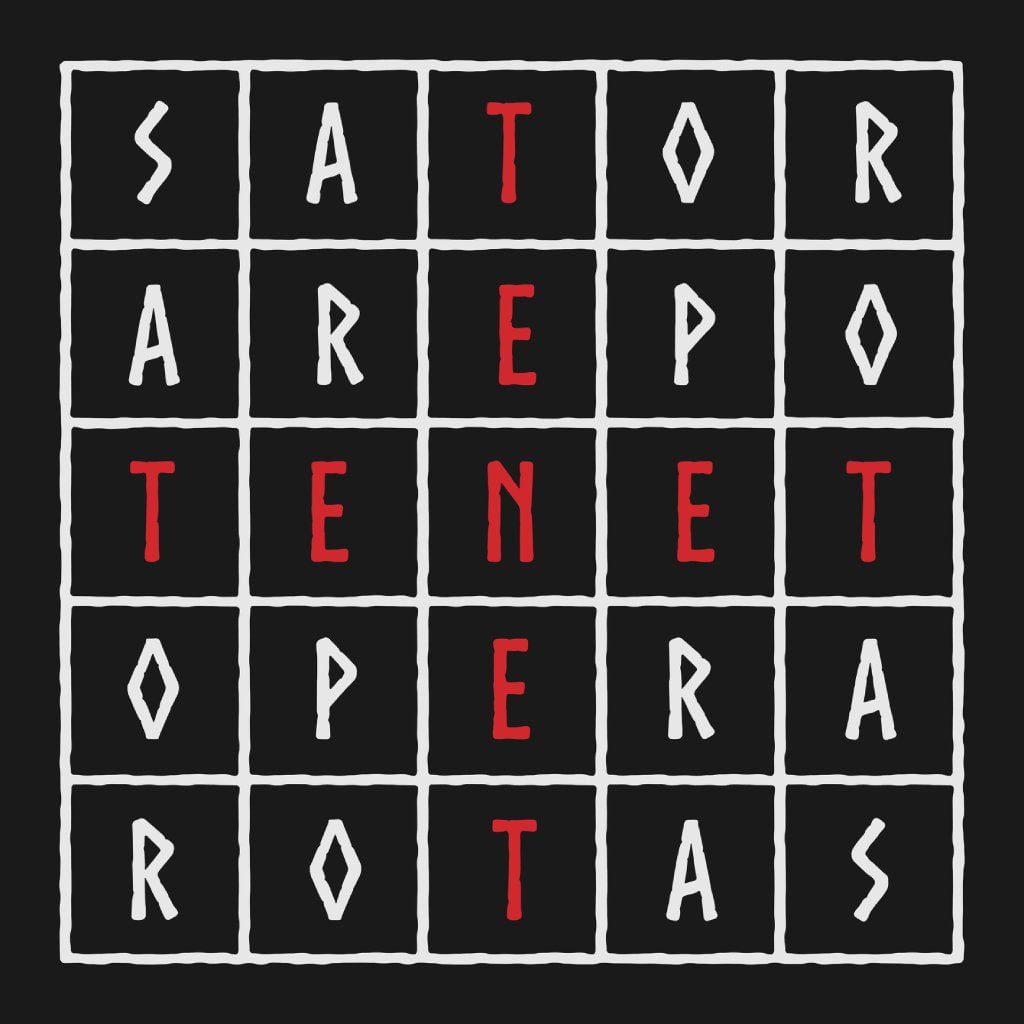
But although it is obvious that the Christians adopted it, it is unlikely that the enigmatic symbol was created by the faithful of that religion.
Unknown origin
The oldest known examples of the square were found under the ash left by the eruption of the volcano Vesuvius in AD 79, and there is a general scholarly consensus that the presence of Christianity in that city at that time is unlikely.
Also…
That is why many conclude that Sator Square was later recycled and reappropriated by Christians.
About its true origins, there are many theories that link it from the Pythagorean and Stoic philosophical schools, to religions such as Orphism and the mysterious Mithraism, including the idea that references to Greek or Egyptian deities are encoded in it.
But one of the most prevalent, endorsed by some prominent academics, is that its roots are probably in ancient Judaism.

There were large numbers of Latin-speaking Jews settled in Pompeii, and his affinity for cryptic and mystical word symbols is known.
Interpreting the palindrome as a mathematical equation, some scholars point out, represents the Jewish divinity.
And what for some proves that it was a Christian symbol, seems also valid for that religionfor example:
It may have been created during the Jewish pogroms of AD 19 or 49, and fell into disuse only to be revived later by Christians who faced similar persecution and appreciated the occult symbolism of the square.
Enchantment
But whatever the origin of the square, it endured… and changed.
Over the centuries, ended up imbued with magical propertiesbeing seen as an amulet to ward off evil or disease.
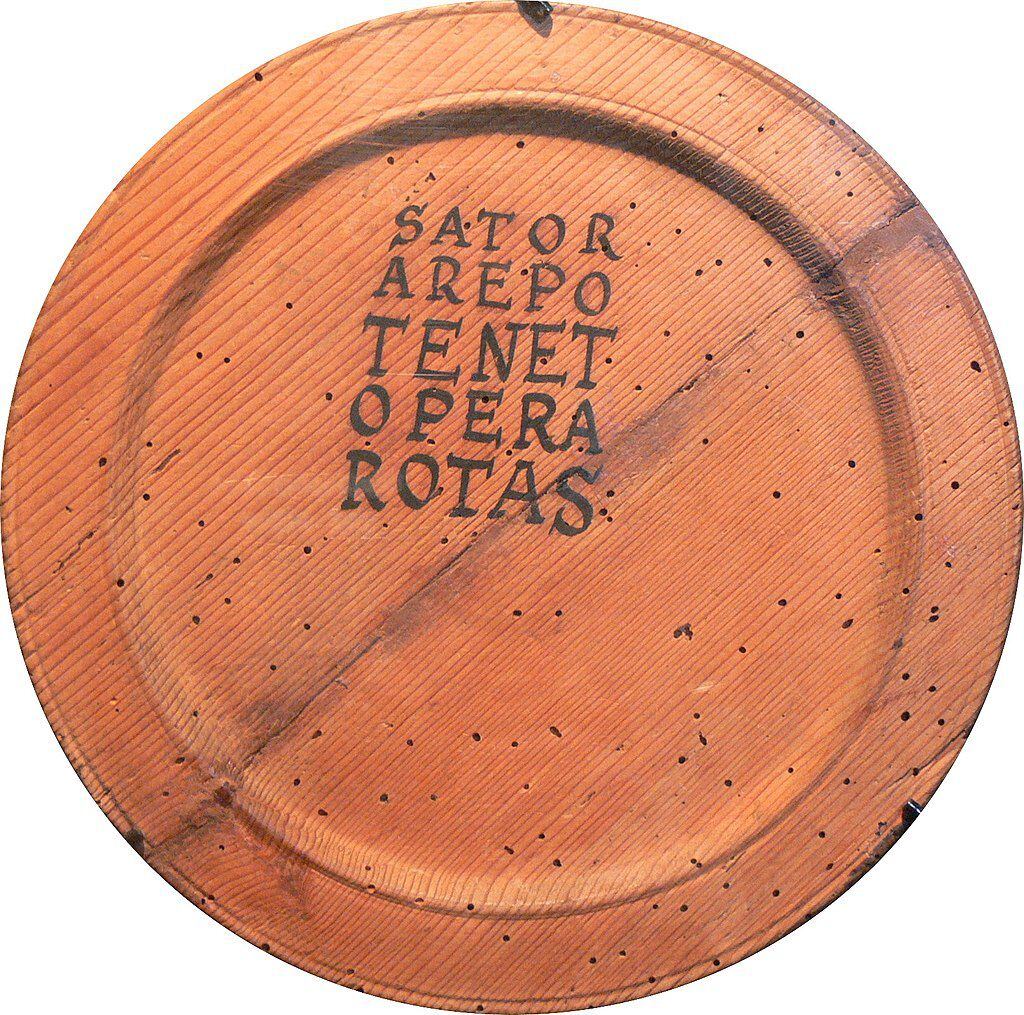
It was used to cure anything from dog bites and rabies (eating bread with the square embossed in butter) to toothaches, fear of water, or insanity.
In medieval Germany, it was believed that a disk carved with the square could put out fires.
In Iceland, was engraved on the nails to cure jaundice; in Brazil, to remedy snake bites.
Thus, although its original meaning and even the earliest interpretations have been lost, the Sator square has been like a thread connecting mystical practices across time and distance, weaving part of the patchwork quilt that is global culture.
It continues to do so, generating scholarly comment and controversy among scholars.
One of them described the Sator square as inhabitant of the “mysterious region where religion, superstition and magic meetwhere words, numbers and letters, if properly combined, are believed to wield power over the processes of nature…”
Perhaps that would please its ingenious author.
Source: Elcomercio
I am Jack Morton and I work in 24 News Recorder. I mostly cover world news and I have also authored 24 news recorder. I find this work highly interesting and it allows me to keep up with current events happening around the world.

:quality(75)/cloudfront-us-east-1.images.arcpublishing.com/elcomercio/GE3DCMJNGAYS2MJUKQYDAORRGY.jpg)

:quality(75)/cloudfront-us-east-1.images.arcpublishing.com/elcomercio/6LSZU2WJHBFW7C7ODISEAZ526U.jpg)
:quality(75)/cloudfront-us-east-1.images.arcpublishing.com/elcomercio/P5D7QTEPABCUHM5CYMMEK34ZKQ.jpg)


